https://www.youtube.com/watch?v=EYsZV312eOg
How To Build A Car By Hand
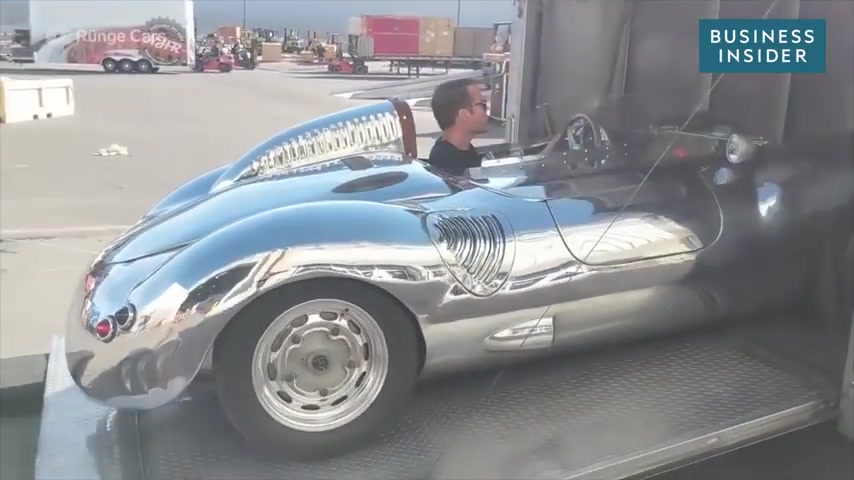
This isn't your average car .
It didn't come from a factory .
It's never seen an assembly line and it doesn't have your typical paint job .
While most car enthusiasts get excited by horsepower handling and other performance metrics , the most impressive thing about these cars is that they're handmade Meet Chris Runge of run cars .
His bespoke automobile company operates out of his small workshop in Minnesota .
Chris uses various metal shaping techniques to build his cars to customer specifications .
Engine options vary based on customers desires , but most of the mechanical components are repurposed from older Porsches .
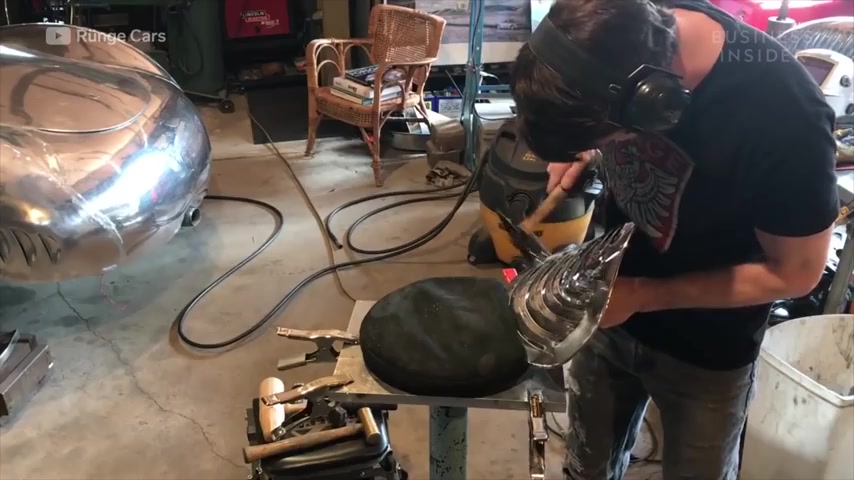
Each car takes at least 2000 hours to build .
Currently run cars are valued at $275,000 .
Chris will show us how he takes sheets of aluminum and turns them into drivable works of art .
This is how run cars are made .
So I start my build process with a concept and usually that starts with a sketch .
Once I have the body designed down , I then build a wood buck like the one you see here .
Now the buck acts as a guide for the body panels that are going to be made later on the wood buck can take up to three weeks to make and it's a crucial part of the design process .
Chris builds the buck from scratch around the chassis of the car .
It's ultimately responsible for the shape of the vehicle though customers can still make changes at this stage .
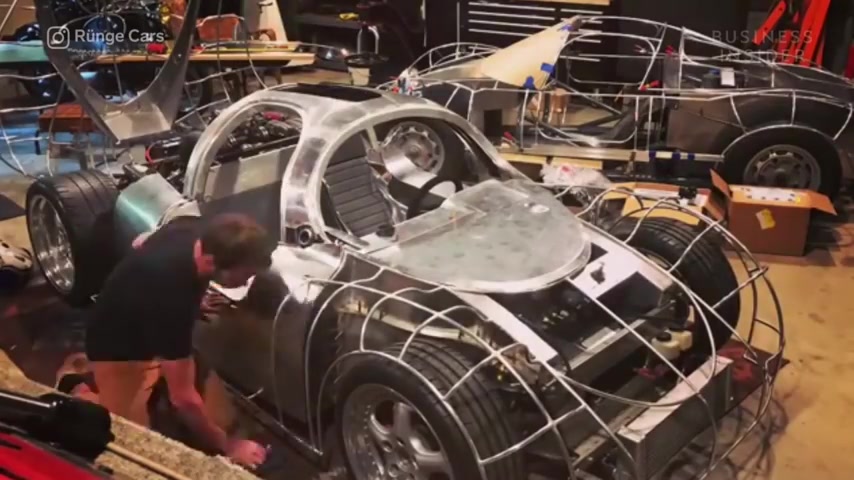
Once I have the buck designed , I then start building a tube buck .
Like the one you see down here , the aluminum tubes stay in place on the finished car and the aluminum body work that you see actually gets bonded to it .
After the tube book is complete , Chris builds the internal paneling and integrates a steel safety cage into the frame of the car .
Now he can begin his metal shaping process for the exterior .
Chris uses four tools to shape the metal , the English wheel , reciprocating hammer , radius brake and the bossing mallet and shot bag .
He uses these tools to shrink and expand the metal .
Chris uses the tube book as his guide for shaping the metal .
Here you can see him carefully lining the raw aluminum to the body of the car .
He marks off the point where the metal should bend .
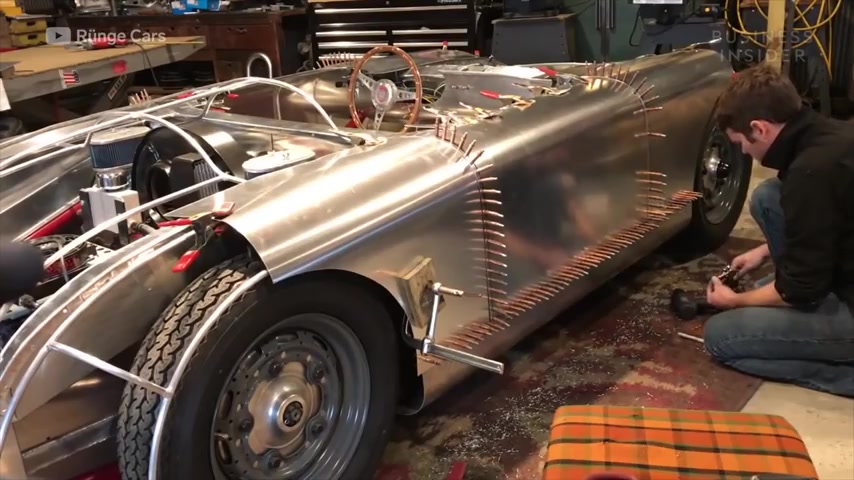
Then he uses the radius brake to get the desired bend .
He cuts off any excess metal and uses cleo or temporary rivets to temporarily hold the panel in place .
Then he moves on to the fenders .
Chris starts by laying out paper and cutting it into the shape he wants on this particular model .
He uses the English wheel and reciprocating hammer to match the aluminum with the paper template .
These steps are completed for every inch of the two buck until the body of the car is complete .
He then removes the Clios and bonds the panels to the tube buck .
Finally , Chris dresses the metal dressing means to smooth out welds and rivets , then polish the car to a perfect shine .
Now it's time for a test drive .
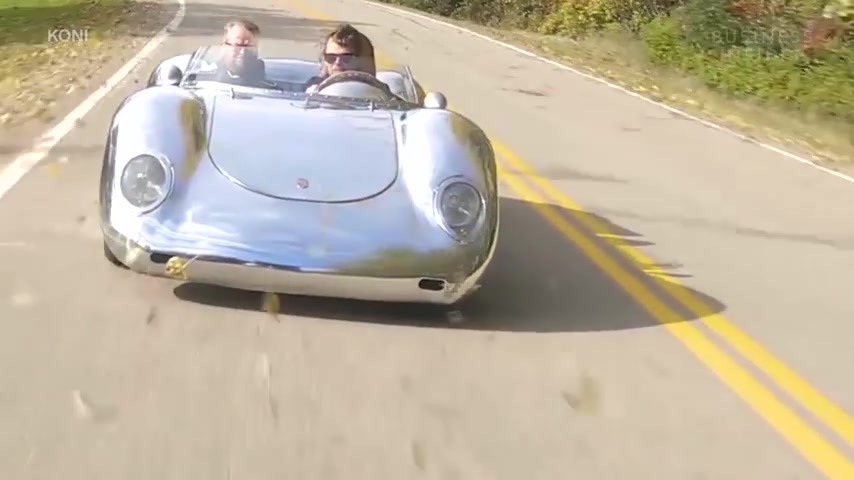
Would you get behind the wheel of this metal masterpiece ?
Are you looking for a way to reach a wider audience and get more views on your videos?
Our innovative video to text transcribing service can help you do just that.
We provide accurate transcriptions of your videos along with visual content that will help you attract new viewers and keep them engaged. Plus, our data analytics and ad campaign tools can help you monetize your content and maximize your revenue.
Let's partner up and take your video content to the next level!
Contact us today to learn more.